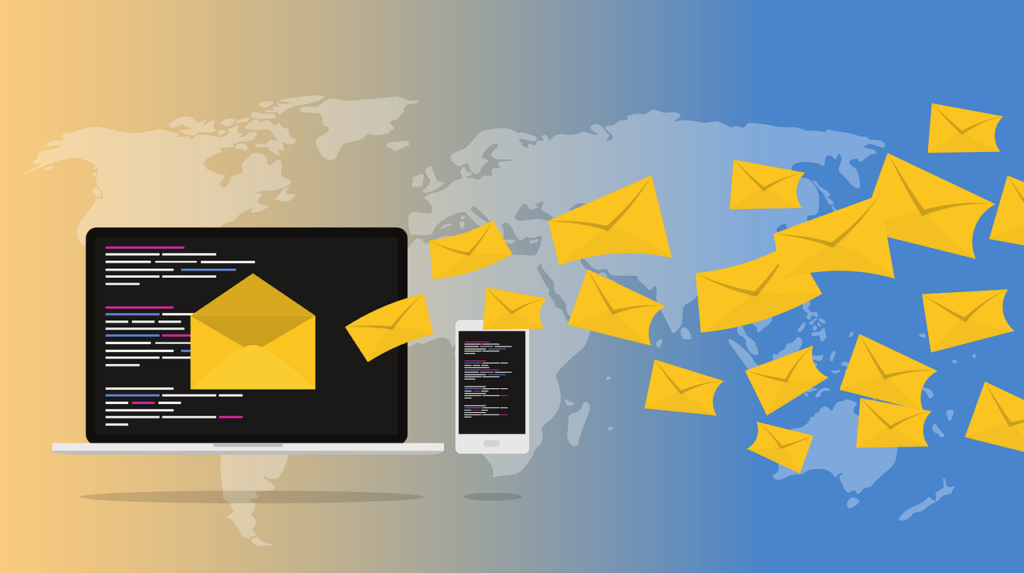Email marketing automation involves using software or tools to automate various aspects of your email marketing campaigns. It enables businesses to send targeted and personalized emails to their subscribers at the right time, leading to increased engagement and conversions.
Benefits of Email Marketing Automation
- Increased Efficiency: Automation saves time and effort by automating repetitive tasks, allowing marketers to focus on other important aspects of their campaigns.
- Personalization: By segmenting your email list and utilizing automation, you can deliver personalized and relevant content to your subscribers, resulting in higher engagement.
- Improved Customer Experience: Automation enables timely and relevant communication with your subscribers, enhancing their overall experience with your brand.
- Higher Conversions: Automated email campaigns have been proven to drive higher conversion rates, as they are based on user behavior and preferences.
Top Level Keywords:
- Email marketing automation
- Benefits of email marketing automation
- Email campaigns
- Customer engagement
- Conversions
Longtail Keywords:
- How to implement email marketing automation effectively
- Strategies for successful email marketing automation
- Personalized email campaigns for higher engagement
- Automating email marketing for improved conversions
How to Implement Email Marketing Automation
Step 1: Building an Email Subscriber List
To implement email marketing automation, you need a list of subscribers. Start by creating sign-up forms on your website, offering valuable content or incentives to encourage visitors to subscribe. Utilize lead magnets, such as ebooks or webinars, to attract quality leads. Remember to comply with data protection regulations and provide an easy way for subscribers to opt-out if they wish.
Step 2: Segmenting Your Email List
Segmenting your email list is crucial for delivering relevant content to your subscribers. Divide your list into segments based on demographics, interests, past purchases, or engagement levels. Use this information to create targeted email campaigns that resonate with each segment.
Step 3: Creating Engaging Email Content
Craft compelling and personalized email content to capture the attention of your subscribers. Use a conversational tone, include relevant visuals, and write persuasive subject lines. Tailor the content to meet the specific needs and interests of each segment. Provide valuable information, exclusive offers, or relevant updates that will resonate with your subscribers. Use dynamic content to personalize the email based on the subscriber’s preferences or past interactions with your brand.
Step 4: Setting Up Automated Email Campaigns
Once you have your email list segmented and engaging content ready, it’s time to set up your automated email campaigns. Use an email marketing automation platform or software to create workflows that trigger specific emails based on predefined conditions or actions. Map out the customer journey and determine the appropriate triggers for each stage.
For example, you can set up welcome emails for new subscribers, abandoned cart emails for customers who left items in their carts, or re-engagement emails for inactive subscribers. Customize the timing and frequency of your emails to ensure they are sent at the right moment to maximize engagement.
Step 5: Testing and Analyzing Results
To optimize your automation strategy, it’s essential to continuously test and analyze the results of your campaigns. A/B testing can help you identify which elements of your emails are performing better, such as subject lines, call-to-action buttons, or content variations. Analyze metrics like open rates, click-through rates, conversion rates, and overall campaign performance to gain insights into what works best for your audience.
Make data-driven decisions by using analytics tools provided by your email marketing platform. Experiment with different approaches, track the results, and refine your campaigns based on the feedback you receive. Continuous testing and analysis will help you improve engagement and conversions over time.
Conclusion
Email marketing automation offers immense potential for businesses to enhance their email campaigns, engage their audience, and drive conversions. By implementing the steps outlined above, you can unlock the power of automation and create highly targeted, personalized email experiences for your subscribers. Remember to monitor and optimize your campaigns based on data-driven insights to continuously improve your results. Embrace automation and unleash its potential to elevate your marketing efforts to new heights.


